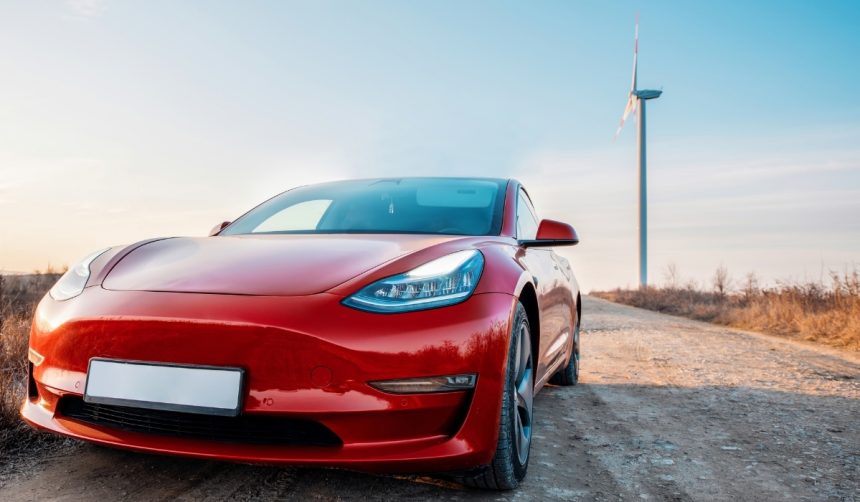Tesla‘s approach to its Supercharger network is unconventional, focusing on expanding accessibility rather than restricting infrastructure to a single automaker. This strategy aims to fortify the electric vehicle ecosystem, encourage broader adoption, and ultimately enhance public confidence in EV ownership. In a move that underscores this philosophy, Tesla invites collaboration with property owners, underscoring the importance of accessible charging infrastructure in the future of travel.
Tesla’s practice of rejecting exclusivity deals with property owners marks a departure from traditional competitive tactics typically seen in the sector. Various automakers and charging networks have previously prioritized securing proprietary charging stations; however, Tesla’s non-exclusivity stance may indicate an emerging trend. Industry observers might recall that historical discussions around charging infrastructure frequently revolved around exclusive agreements, which sometimes hindered broader EV expansion. In comparison, Tesla’s strategy increasingly exemplifies a shift toward cooperative development within the industry.
Why Escape Exclusivity?
Tesla’s Charging division recently posted on social media, emphasizing the lack of exclusivity in their agreements with property owners. The statement from the team reflects a clear directive; they encourage landlords to steer away from such clauses, advocating instead for increased accessibility to EV charging stations. Multiple charging options are promoted as beneficial for keeping prices reasonable and boosting range assurance among potential EV users.
Insights from the Charging Director
Max de Zegher, Tesla’s Director of Charging, elaborated on the subject, underscoring the effort made to inform landlords on this policy. By advocating for infrastructure expansion, Tesla presents an inclusive ecosystem catering to both Tesla and other EV manufacturers. The strategy recognizes abundant space for charging points, aiming to foster a supportive environment conducive to technology advancements, such as autonomous vehicles.
Importance of Supercharger Network
Tesla has provided significant data detailing their Supercharger network growth with over seven thousand stations globally. The wide distribution of their Supercharger stalls not only marks Tesla as a dominant player in its own right but also underscores the importance of accessible infrastructure in supporting the burgeoning EV market. Tesla’s public figures and strategic directions highlight how the network serves both Tesla and other-branded vehicles, promoting diverse use.
Tesla’s decision to open its Supercharger network could signal broadened exposure for both Tesla vehicles and other brands. By fostering infrastructure growth without exclusivity, Tesla aligns its business operations with the growing demand for efficient, reliable, and open charging facilities. As electric vehicle sales continue to rise, Tesla’s network approach encourages a collaborative industry environment. Realizing broader goals such as sustainable transportation and urban planning efficiencies may also drive the industry forward.










